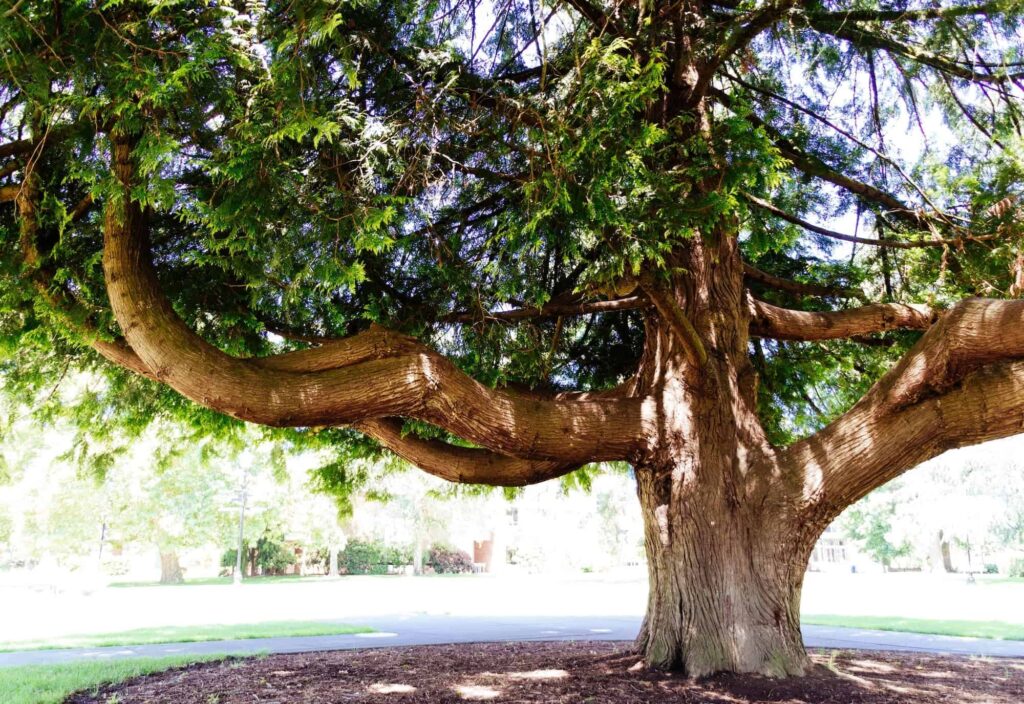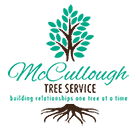By: Shelby McCullough| Published: July 6, 2024
When it comes to preparing your property for new projects or enhancing its overall appearance, land clearing is an essential step. Affordable land clearing methods can help you efficiently and cost-effectively clear your land while maintaining environmental sustainability. In this blog, we will explore various land clearing methods, their benefits, and how you can choose the right approach for your needs.

Manual Land Clearing Methods
Manual land clearing methods involve the use of hand tools and physical labor to remove vegetation, rocks, and debris from a site. This method is often preferred for small-scale projects or areas that require careful handling.
Hand Tools and Techniques
- Hand Tools:
- Axes and Hatchets: Ideal for cutting small trees and shrubs.
- Machetes: Effective for clearing thick underbrush.
- Rakes and Hoes: Useful for removing roots and smaller debris.
- Techniques:
- Cutting and Grubbing: Cutting vegetation at the base and removing roots to prevent regrowth.
- Hand Pulling: Effective for removing weeds and smaller plants by hand.
Benefits of Manual Land Clearing
- Cost-Effective: Requires minimal investment in tools.
- Environmental Impact: Less disturbance to the soil and surrounding vegetation.
- Precision: Ideal for areas that need careful clearing to preserve certain plants.

Mechanical Land Clearing Methods
Mechanical land clearing involves the use of heavy machinery to clear large areas quickly and efficiently. This method is suitable for large-scale projects or sites with dense vegetation.
Types of Machinery Used
- Bulldozers:
- Powerful machines used for pushing large amounts of soil and debris.
- Equipped with blades to cut through dense vegetation.
- Excavators:
- Versatile machines with attachments like buckets and grapples.
- Used for digging, lifting, and moving large objects.
- Mulchers:
- Machines that grind vegetation into mulch, which can be left on-site to decompose.
Benefits of Mechanical Land Clearing
- Efficiency: Clears large areas quickly, saving time and labor.
- Versatility: Can handle various types of vegetation and terrain.
- Mulching: Converts vegetation into mulch, which can enrich the soil.

Chemical Land Clearing Methods
Chemical land clearing uses herbicides to kill unwanted vegetation. This method is often used in combination with manual or mechanical clearing to ensure complete removal.
Types of Herbicides
- Selective Herbicides:
- Target specific types of plants without harming others.
- Ideal for clearing invasive species while preserving native plants.
- Non-Selective Herbicides:
- Kill all types of vegetation in the treated area.
- Useful for total vegetation control.
Benefits of Chemical Land Clearing
- Effectiveness: Ensures complete eradication of unwanted vegetation.
- Time-Saving: Reduces the need for repeated manual or mechanical clearing.
- Soil Health: Some herbicides decompose into harmless substances, minimizing soil impact.

Controlled Burning
Controlled burning, or prescribed fire, is a method where fire is used to clear land. This technique is managed by professionals to ensure safety and effectiveness.
Benefits of Controlled Burning
- Nutrient Recycling: Returns nutrients to the soil by burning vegetation.
- Pest Control: Reduces pest populations by destroying their habitats.
- Cost-Effective: Low cost compared to mechanical methods for large areas.
Land Clearing Considerations
When choosing a land clearing method, consider the following factors:
- Project Size and Scope:
- Determine the area that needs clearing and the type of vegetation present.
- Choose a method that aligns with the scale of your project.
- Environmental Impact:
- Assess the potential impact on the soil, water sources, and surrounding vegetation.
- Opt for methods that minimize environmental damage.
- Budget and Resources:
- Consider the cost of equipment, labor, and materials.
- Choose an affordable method that fits your budget without compromising quality.
- Safety:
- Ensure that the chosen method is safe for both workers and the environment.
- Hire professionals for methods that require specialized skills, such as controlled burning.
FAQs on Land Clearing Methods
- What is the most cost-effective land clearing method?
- Manual clearing with hand tools is the most cost-effective for small areas, while mechanical clearing is more efficient for large-scale projects.
- How does chemical land clearing affect the soil?
- Selective herbicides have minimal soil impact, while non-selective herbicides may require soil restoration efforts post-clearing.
- Is controlled burning safe for all types of land?
- Controlled burning is safe when conducted by professionals and is effective for large, open areas. It is not recommended for residential areas due to fire hazards.
- Can land clearing be done in environmentally sensitive areas?
- Yes, but it requires careful planning and the use of methods that minimize environmental impact, such as manual clearing and selective herbicides.
- How do I choose the right land clearing method for my project?
- Consider the size of your project, budget, environmental impact, and safety requirements. Consulting with a land clearing professional can help you make an informed decision.
In conclusion, affordable land clearing methods offer various options tailored to different needs and project scales. By understanding and choosing the right method, you can efficiently prepare your land for new developments or enhance its natural beauty while maintaining sustainability and cost-effectiveness.

